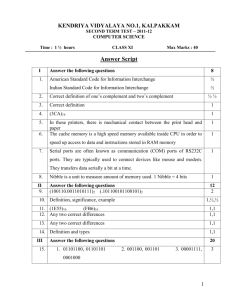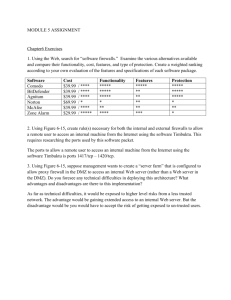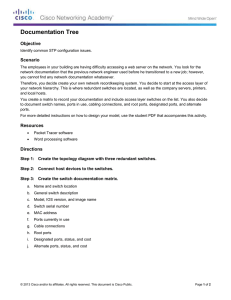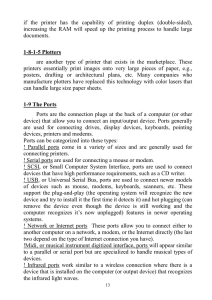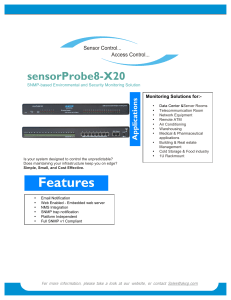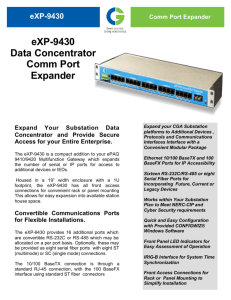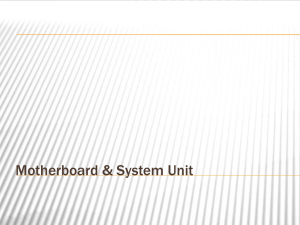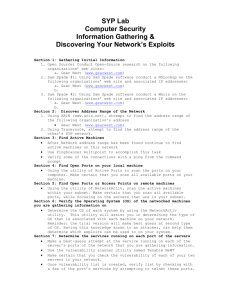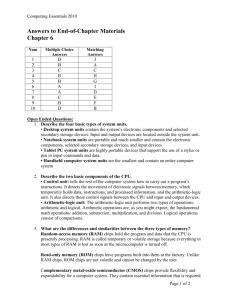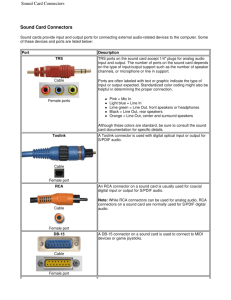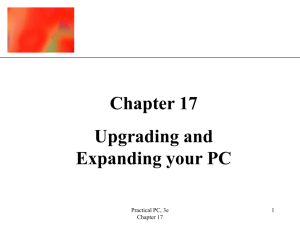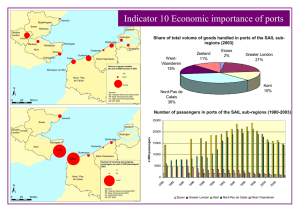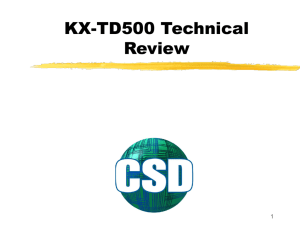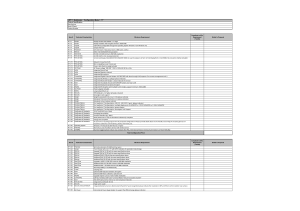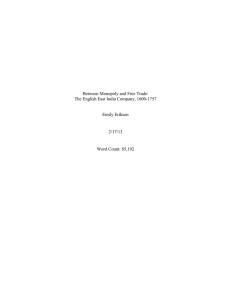ISC 101: Introduction to Information Systems Section: 51 Instructor
advertisement
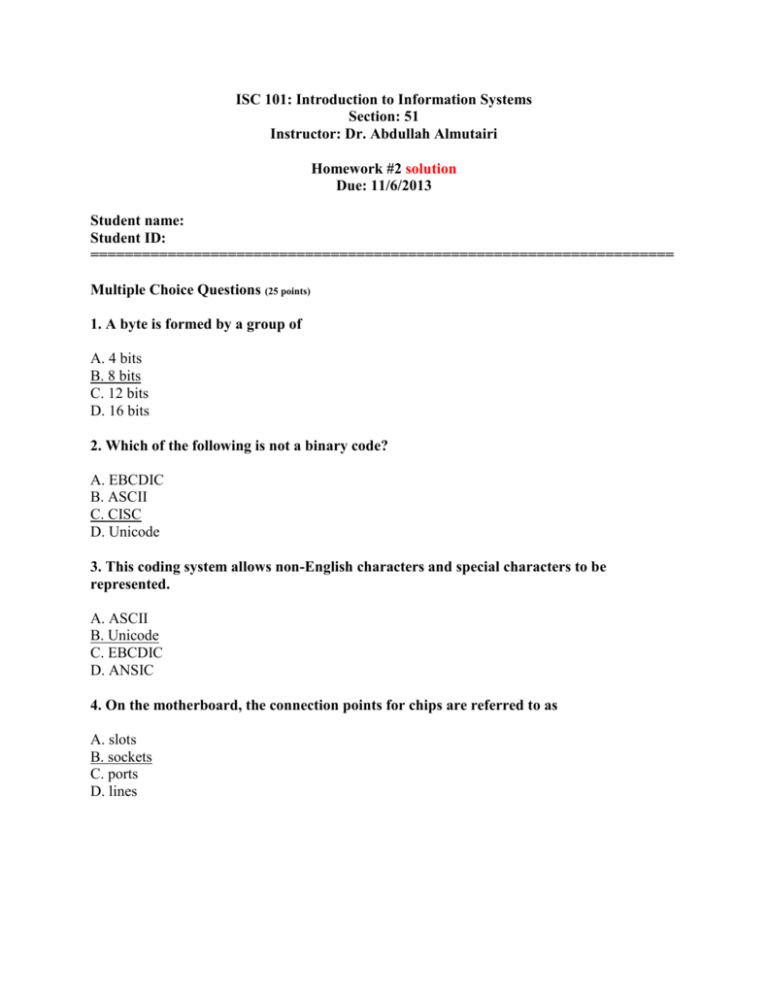
ISC 101: Introduction to Information Systems Section: 51 Instructor: Dr. Abdullah Almutairi Homework #2 solution Due: 11/6/2013 Student name: Student ID: ==================================================================== Multiple Choice Questions (25 points) 1. A byte is formed by a group of A. 4 bits B. 8 bits C. 12 bits D. 16 bits 2. Which of the following is not a binary code? A. EBCDIC B. ASCII C. CISC D. Unicode 3. This coding system allows non-English characters and special characters to be represented. A. ASCII B. Unicode C. EBCDIC D. ANSIC 4. On the motherboard, the connection points for chips are referred to as A. slots B. sockets C. ports D. lines 5. Which of the following is a function of the control unit? A. It provides pathways that support communication among the various electronic components. B. It directs the control signals between the CPU and input and output devices. C. It performs fundamental math operations like addition, subtraction, etc. D. It uses the logic to compare two pieces of data. 6. Which of the following is not a system software program type? A. Utilities B. Device drivers C. Language translators D. Sectors 7. This version of UNIX is receiving a lot of attention recently. A. Macintosh B. Netware C. Linux D. Windows 8. This type of program allows communication between a peripheral device, such as a mouse or printer, and the rest of the computer system. A. Client B. Virtual machine C. Device driver D. Server 9. Which of the following is not a popular mobile OS? A. Simian OS B. BlackBerry OS C. iPhone OS D. Android 10. In a virtualized environment, this operating system runs on the physical machine. A. Guest B. Client C. Host D. Home True / False Questions (25 points) 1. Bit is short for "binary information technology". True False 2. ASCII supports Chinese and Japanese. True False 3. The ALU tells the rest of the computer system how to carry out a program's instructions. True False 4. Read-only memory (ROM) chips have information stored in them by the manufacturer. True False 5. The number of bits that can travel simultaneously down a bus is known as the word size. True False 6. System software is a single program. True False 7. In a network environment, the network server computer coordinates all communications between the other computers. True False 8. A standard desktop computer comes with an embedded operating system. True False 9. Smart phones generally include a network operating system. True False 10 . Linux has been the basis of several other operating systems, including Google's Chrome OS. True False Essay Questions (50 points) 1.What are the three basic functions of an operating system? The purpose of an operating system is to coordinate a computer's resources, provide a user interface, and load and run applications. 2.Describe the three categories of operating systems. Embedded operating systems are used for handheld devices such as smart phones, cable and satellite television tuner boxes, video game systems, and other small electronics. Network operating systems are used to control and coordinate computers that are networked or linked together. Stand-alone operating systems, also called desktop operation systems, control a single desktop or laptop computer. 3. Explain expansion slots and cards. Most microcomputers allow users to expand their systems by providing expansion slots on the system board. Users can insert optional devices known as expansion cards into these slots. Types of expansion cards include sound cards and wireless network cards. 4. What are legacy ports? In the past, additional ports were common on microcomputer systems to connect specific types of devices. For example, serial ports were used to connect a wide variety of devices including keyboards, mice, and modems. Some types of keyboards and mice used specific keyboard and mouse ports. Parallel ports were used primarily to connect external devices such as printers. IrDA (Infrared Data Association) ports were used to provide wireless transfers. These ports have all been largely replaced by faster, more flexible ports such as the universal serial bus (USB).
